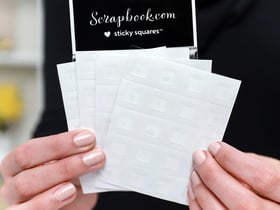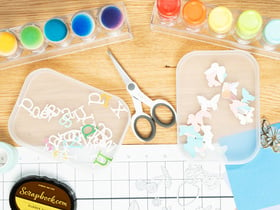Aug '08
Dungareedolly
Hi everyone!
I am very new to stamping and I was wondering if some of you could suggest any brands of stamp pads they like the most?
Also, is there any particular kind of stamp pad to use on fabric?
Thank you!
Dolly
I am very new to stamping and I was wondering if some of you could suggest any brands of stamp pads they like the most?
Also, is there any particular kind of stamp pad to use on fabric?
Thank you!
Dolly















 )
)








